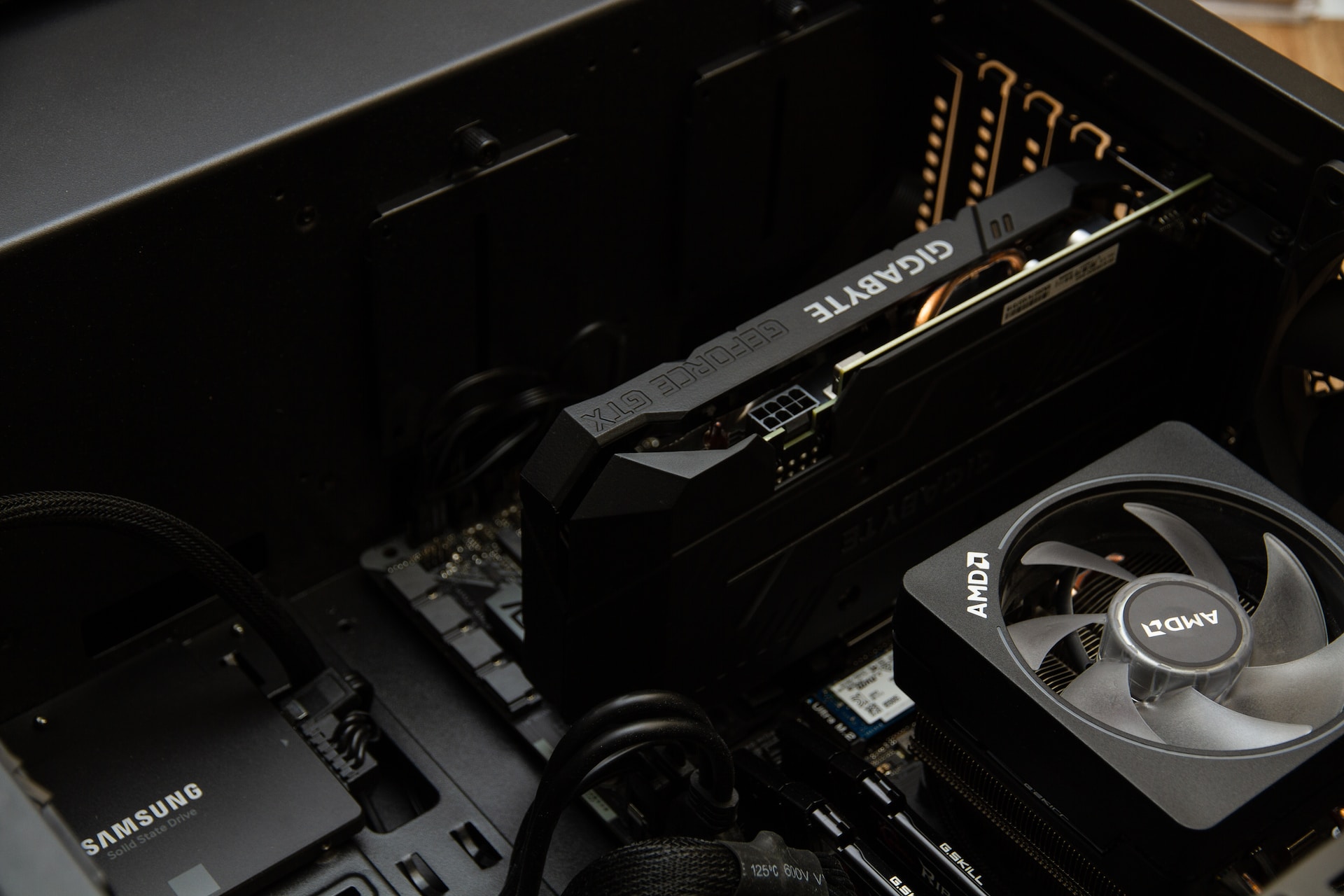In 2019, Adobe unveiled a unique project called the Adobe Content Authenticity Initiative (CAI), which is designed to combat the spread of visual misinformation on the World Wide Web. The principle is very simple: content creators should add metadata about the origin of photos. Photoshop developers have already managed to publish all the technical documentation, as well as to integrate the system into Creative Cloud and Adobe Stock.
Three years later, the company announced the release of the corresponding open source software. It includes a command line utility, as well as a set of tools for displaying information about the image in a browser and the creation of content with precise attribution to the creator, with the ability to implement in desktop and mobile applications.
To date, EXIF-data files include basic technical information about the digital camera and photos. In turn, the new standard from Adobe provides information on how the file was created, as well as all the edits made during the editing. The developers were able to achieve such a result through close cooperation between CAI and such giants as Sony, Microsoft, Intel, Nikon and other international companies. The owners of online resources and ordinary users can check the authenticity of images with the Verify service, which is currently in beta-testing stage.
The main goal of the Content Authenticity Initiative is to combat misinformation on the Internet. But the project will also be useful for content authors who had their work stolen and put up for sale, which is especially relevant today with the active development of NFT market. Neural network operators are also interested in the new standard, because the integration of metadata in images will allow users to recognize original and generated images.
It is important to note that the new metadata, unlike EXIF file data, is much harder to remove from an image, and even after deletion it will be easy to restore it.




